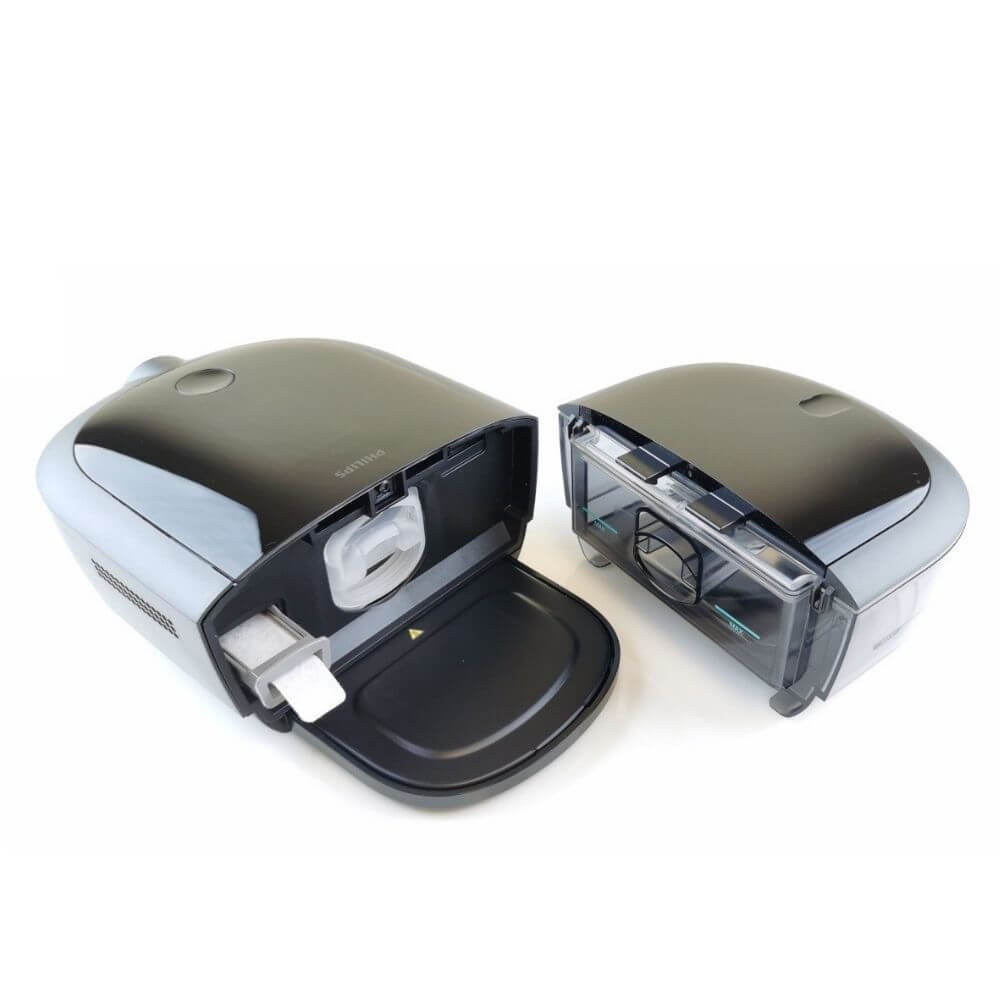

Philips confirmed at that time it had determined, through user reports and its own testing, that there were possible risks related to the sound abatement foam used in the machines, but reassured investors a new “next-generation CPAP platform”, known as DreamStation 2, had been introduced a few weeks earlier, which was not affected by the issue In an quarterly earnings report (PDF) provided for investors on April 26, weeks before the recall notice was issued, the company provided information to investors about the Philips DreamStation foam problems in a subsection titled “Regulatory Update”.

However, it is becoming increasingly clear Philips knew about the foam problems with DreamStation sleep apnea machines long before it told consumers to stop using the products, yet it appears the the company prioritized profits over consumer safety by developing a new version of the popular sleep apnea machine and reassuring investors before actually disclosing the risk to individuals who were using the CPAP and BiPAP breathing machines every night. Koninklijke Philips, also known as Royal Philips, first announced a massive CPAP, BiPAP and ventilator machine recall on June 14, involving an estimated 3.5 million devices distributed with unsafe and defective sound abatement foam, which may degrade and release black particles or toxic chemicals directly into the air pathway.Įxposure to the toxic particles and gases released by a polyester-based polyurethane (PE-PUR) foam inside has been linked to reports of cancer, severe respiratory problems and other health complications, according to allegations raised in a growing number of Philips DreamStation lawsuits filed over the past few weeks. Weeks before consumers were told to immediately stop using Philips DreamStation CPAP and BiPAP machines, which may be causing them to inhale or ingest toxic materials, the manufacturer provided information about the potential risks to investors, indicating it had already developed a new version of the popular sleep apnea machine which did not experience the same foam degradation problems.


 0 kommentar(er)
0 kommentar(er)
